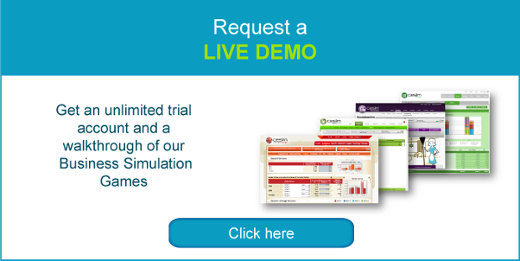 Cesim's first webinar with guest speaker John Greene. The topics discussed included emerging cultural and technology trends in education, simulation games as a learning, introduction to Cesim business simulation games and best practices for teaching with them in the classroom.
Cesim's first webinar with guest speaker John Greene. The topics discussed included emerging cultural and technology trends in education, simulation games as a learning, introduction to Cesim business simulation games and best practices for teaching with them in the classroom.
Are you wondering how to get the most of teaching global strategy and marketing management with business simulation games?
We are happy to announce that we hosted our very first webinar of our Webinar for Educators Series on the 23rd of March, 2011 at 17:00m GMT +2. We discussed with John Greene, a Lecturer of Digital Media and International Business at Helsinki Metropolia University of Applied Sciences amongst other things about the emerging cultural and technological trends in education, simulation games as learning tools, and the best teaching practices of integrating Cesim business strategy games into the curriculum. Participants had the chance to ask questions at the end of the presentation.
Webinars for Educators: How to Teach with Business Simulation Games
Top Trends in Higher Education Technology
1. Software as a service or cloud computing technologies
In schools, these may appear in the form of browser based learning supplements and other educational tools that can be accessed by your students from pretty much any computer with an Internet connection.
2. Hands-on learning or learning by doing
Studies show that knowledge retention is in direct correlation with the involvement of the person with the subject at hand. The knowledge retention rate of the hands-on learning is 75 percent, which is only preceded by the notion of teaching others which has a 90 percent retention rate, according to the research conducted by the National Training Laboratories.
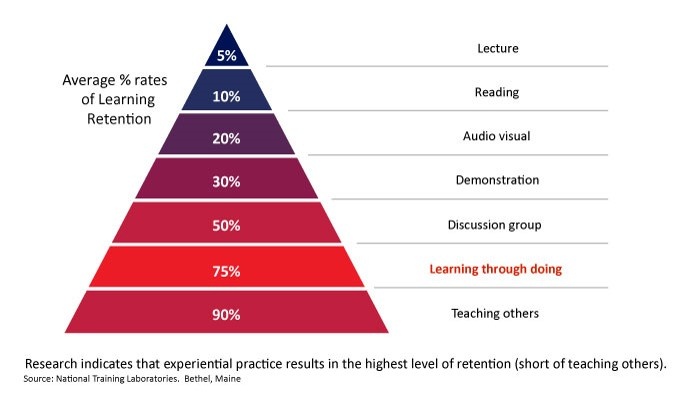
How does knowledge retain the best? What information should you pass onto your students in an age where information is ubiquitous? What is valuable for them to know, and more importantly how to transfer to right type with information into an engaging format?
3. Digital natives with short attention span
The millennial generation is more adapted to technology than any generations before them but also has a remarkably short attention span, as you might have noticed in your own class.
4. Simulation-based learning
Business simulation games are educational tools that, by utilizing technology, allow students to make business decisions typically in a round-based, controlled, and risk-free environment. Simulation games are a learning tool and a complement to theoretical knowledge.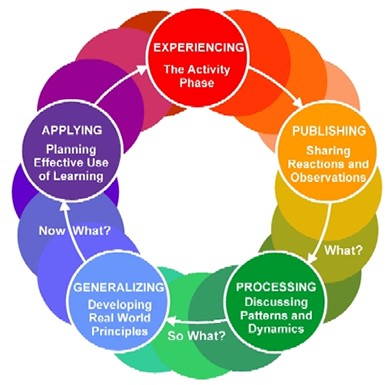
As a process, the business game starts with an activity phrase, this is when students get acquainted with the game environment and the case at hand. This is also typically when the teacher explains the goal of the exercise, organizes the theme, and sets the schedule. The next two steps are when most of the teamwork is happening: the students discuss the case, they organize their thoughts, they debate the decisions to make, and then they develop some business strategies to beat the game.
Without any further involvement from the instructor, this is likely where the exercise would be concluded: with one of the teams coming out as the winner and others as the rest. When looking at business simulation games, we must not forget that the real ultimate goal is to transfer knowledge, so the part of applying knowledge, planning, and effective use of learning is a very important part.
The Cesim Solution
The mission of Cesim is to develop a comprehensive browser-based business game solution that is based on a powerful administration platform that is at the core of everything. As an instructors, this is your base operation where you set up and manage your simulation-based courses. There are a number of simulation games that you can choose from, and finally Cesim provides the training and support throughout the whole simulation experience to make the entire integration of the business game as seamless as possible.
All Cesim business simulations are:
- completely browser-based
- up to 12 rounds per game
- dynamic multiplayer and multi-language environment
- built with solid economy concepts in mind
Cesim Global Challenge
 Cesim Global Challenge is a strategic international business simulation game that aims to develop students' understanding of the complexity of global business operations in a dynamic, competitive environment. It integrates a range of concepts from various management related disciplines, like economics, finance, accounting, production, marketing and so on. The task for the students in this game is to manage a global company through technological evolution in a fast-paced 21st century operating environment. At the same time, students develop and execute various long-term strategies for their simulated company, which operates globally in the US, Asia, and Europe.
Cesim Global Challenge is a strategic international business simulation game that aims to develop students' understanding of the complexity of global business operations in a dynamic, competitive environment. It integrates a range of concepts from various management related disciplines, like economics, finance, accounting, production, marketing and so on. The task for the students in this game is to manage a global company through technological evolution in a fast-paced 21st century operating environment. At the same time, students develop and execute various long-term strategies for their simulated company, which operates globally in the US, Asia, and Europe.
After the teams have been set up, the game starts with taking a look at suggested steps, and then students must familiarize themselves with the market conditions of the case at hand that changes every round, where one round represents one year in the game. After reading the market outlook, students will move on to analyze demand and make a number of decisions in production, R&D, and also in marketing, like the number of features, average selling price and promotion and also logistics and transportation priorities. So the simulation game ties in all the functional areas of the company.
Once the team has agreed on which decision set to use, they will save those decisions on their checklist page. They can view the results after each round, and they can see how they fare against the other teams based on various financial performance indicators. Under the readings tab, they can find some documents that offered by Cesim, like decision-making guide, some case descriptions. And instructors are also able to upload your own materials for your case. In case of technical issues, students can get in touch with our help desk services through the support tab.
Cesim Marketing
 Cesim Marketing is a marketing management simulation game that develops students’ understanding of the whole marketing decision-making process with a particular emphasis on profitability. The simulation covers marketing topics including segmentation, positioning, delivery channel investments, marketing budget allocation, customer care services and pricing. In addition, teams will make strategic decisions regarding their company’s core competencies. The students will work in teams and meet in direct competition against other student teams. In order to encourage and enable unique strategy creation and execution, teams start their Marketing companies fresh without any operations history.
Cesim Marketing is a marketing management simulation game that develops students’ understanding of the whole marketing decision-making process with a particular emphasis on profitability. The simulation covers marketing topics including segmentation, positioning, delivery channel investments, marketing budget allocation, customer care services and pricing. In addition, teams will make strategic decisions regarding their company’s core competencies. The students will work in teams and meet in direct competition against other student teams. In order to encourage and enable unique strategy creation and execution, teams start their Marketing companies fresh without any operations history.
The home screen is where your students can get a quick overview of the game’s current standing, the closest deadline, as well as their profile, and team information. Cesim's simulation games follow a similar structure, so as to lower the time of adaptation for the students. This means that Cesim Marketing's first logical step is also to analyze the market outlook before each round, and then proceed to make decisions related to the products of the company, in this case, mobile phones. For example, setting the sales price, allocating advertising budget both in the European and Asian markets, choosing the warranty period for their products, investing in repair quality, and setting the margin on repairs.
When the students finish proposing their individual decisions, they decide together whose decision set is going to be saved as the team’s decision set. Students are free to input as many different decisions in the various decision making areas, they will not be saved as the team’s decisions, until a deliberate action to do so. This allows the students to see some of the results calculated in real time, but not their final implications on the bottom line.
On the Results page, in the form of a summary report, students are able to see contribution margin, operating profit, return on sales and share price. These results are available for download in different file formats. There are further segmentation of the results available based on market areas and financial statements, but the summary typically gives a quick and clear overview of the team’s standing.
How to Use Business Games in Classrooms
Example of combining theory with practice
1. Cesim Global Challenge, the international business strategy game
i. Market outlook and PEST analysis
|
Market Outlook of Cesim Global Challenge Demand The demand for mobile handsets in all three markets is expected to grow quite rapidly as customers believe that an increase in competition will lead to lower prices. Analysts are expecting that sales growth will be very strong in all markets. The thing is forecasted to experience growth within a range of 25-30%, in Europe within 6-10%, and the U.S. within 15-20% for the round. A market research report by Tecno Analytics Inc. (TA) found that especially in Europe and Asia, the hype around the next generation of handsets (Tech 2) is driving customers to the peanuts, according to CEO Bruce Summersteen. TA provided 100 Asian and European 100 hardcore technology consumers with a Tech 2 handsets for a week to evaluate the feasibility of introducing the new technology to the market. Two weeks after the experiment, the group was called back and all but two in the test groups were exhibiting serious WITHDRAWAL symptoms. The most common symptoms were nausea, depression, sleeping disorders, loss of appetite, weight loss, and headaches. Costs The political tensions between the USA and the government of China have caused the tariffs for American goods exported to the Asian continent to almost double from $ 7 per handset from last year to $ 12 this year. There are no notable public figures changes in production costs. Finance The European Union has reached a common tax agreement unifying corporate tax rates at 31% throughout Europe. Economists believe that Europe is jeopardizing its already shaky position in the global marketplace by further increasing its high tax level. The Euro is expected to fall. |
From the market outlook which changes each round, there are different PEST indicators that students need to review, take note of, and make part of their decision making. The fact that the students are running a global business provides the opportunity to even bring cultural elements into the simulation game if a teacher so wished. Each student team competes with fellow student teams to be the highest in terms of market share and shareholder value.
The PEST analysis below, which is extracted from a students' report, shows that macroeconomic factors related to the construction of plants in Asia will be essential for the success of the student team. The factors being macroeconomic make them external to the company and largely uncontrollable. Therefore, there is a considerable amount of risk investing in plants in Asia, but the gains are substantial.
|
POLITICAL |
ECONOMICAL |
SOCIAL |
TECHNOLOGICAL |
|
Company Taxation is high in the EU. Will continue to be so |
Cheaper production cost in the Asian markets, logistic challenges though |
Increased demand for new solutions and marketing in EU and US market |
Need for development of new solutions, which likely will lead to price competition |
|
Instability in Asian markets, unrest, domestic disputes |
Economies recovering from recession |
Price-focused customers in the Asian market |
Raw materials affect the price of new techs |
|
Friction between countries: e.g. Sino-American relations. Likely escalation |
Increased competition will lead to a slash in prices |
Buying power stronger in the West, than China |
Worrying result of test group trying out tech 2 |
|
Legislation protecting workers or raising production cost in the future |
Euro is expected to still fall compared to a basket of other currencies |
Appreciating RMB will increase Chinese buying power |
Higher profit margin from newly developed products |
|
Increased employment figures for the coming years |
ii. R&D function and Directional Policy Matrix
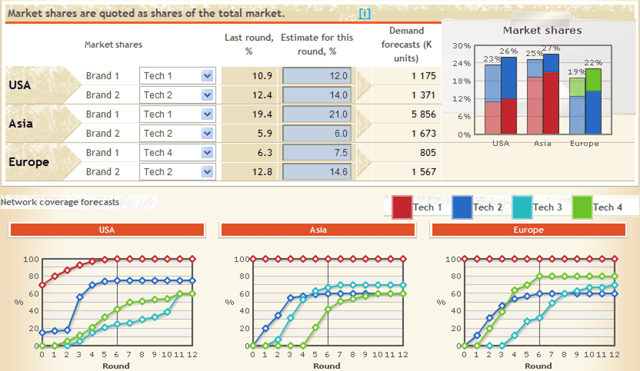
 In Cesim Global Challenge, there are various R&D and technologies functions that the students can launch and compete for market share with their technologies. As teachers, how do we combine practical elements of running a company within the simulation and the theories? We can focus in on the basic points of first mover advantage as well teaching theories such as directional policy matrix and the students then can try it out and we can provide them with feedback, so students bring the theories that we are doing in class back to the simulation.
In Cesim Global Challenge, there are various R&D and technologies functions that the students can launch and compete for market share with their technologies. As teachers, how do we combine practical elements of running a company within the simulation and the theories? We can focus in on the basic points of first mover advantage as well teaching theories such as directional policy matrix and the students then can try it out and we can provide them with feedback, so students bring the theories that we are doing in class back to the simulation.
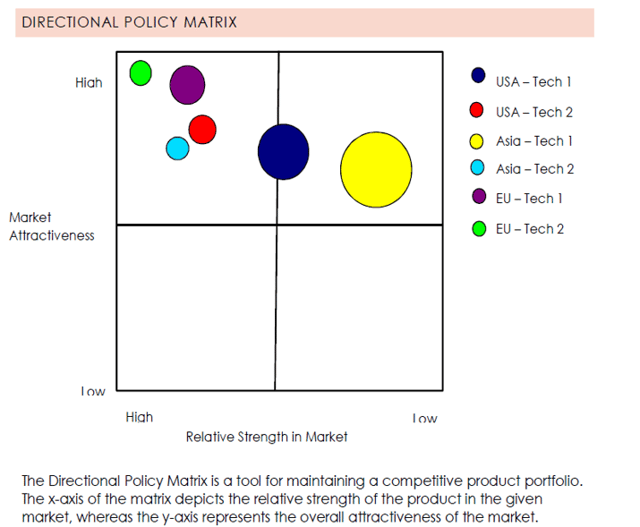
iii. Porter's Five Forces and Generic Strategies
We cover the basics of Porter's Five Forces and Porter's four strategies to gain competitive advantage. Students take these theories that we are doing in class, so we teach these theories in class and we go through them. We explain how the students can use them within the simulation and the students use that knowledge to develop their own analysis of their own companies and the competitors out there.
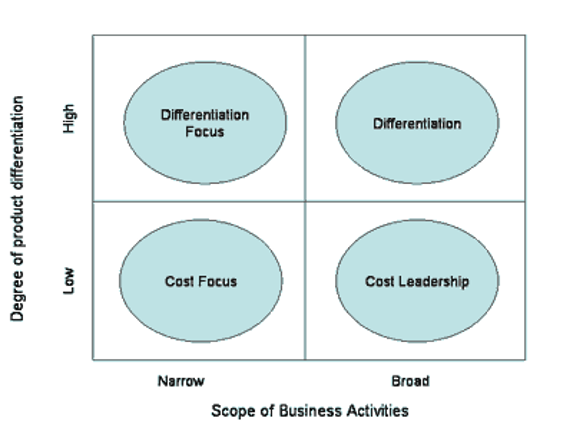
iv. Critical Success Factor Analysis
Students put in a lot of efforts to put together a Critical Success Factor Analysis for their business. These are the success factors that they believe they can take in the simulation to achieve their goal of being number one business within the simulation.
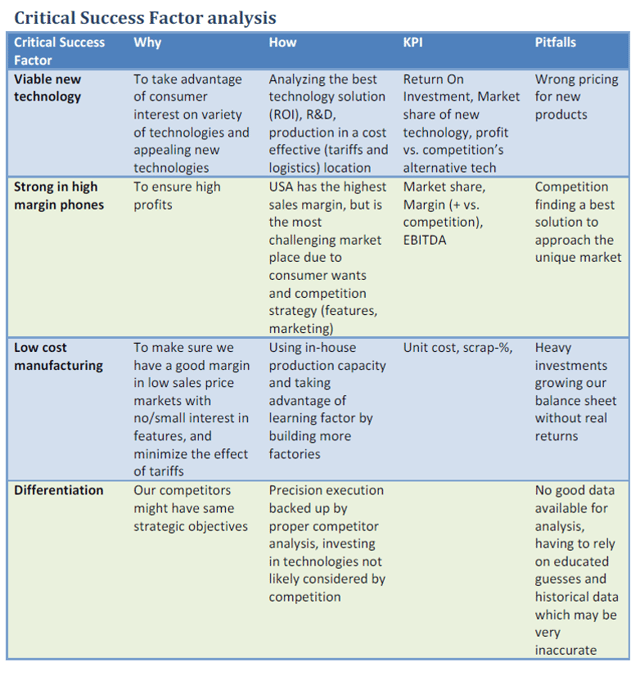 2. Cesim Marketing, the marketing management simulation game
2. Cesim Marketing, the marketing management simulation game
i. BCG matrix
Students design a number of phones, specifically five products with different styles for five different markets.
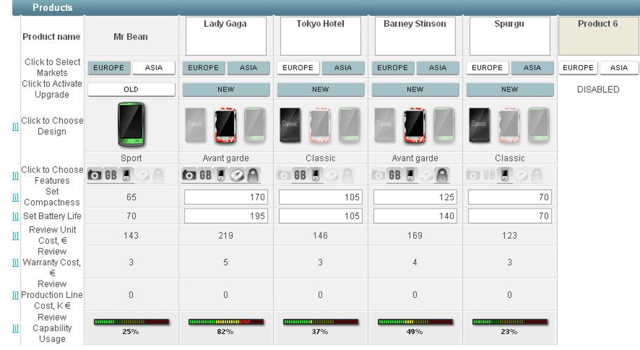
After a number of rounds into the game, students use BCG matrix to make an understanding of their products and see whether the products are a star, a dog, or a cash cow.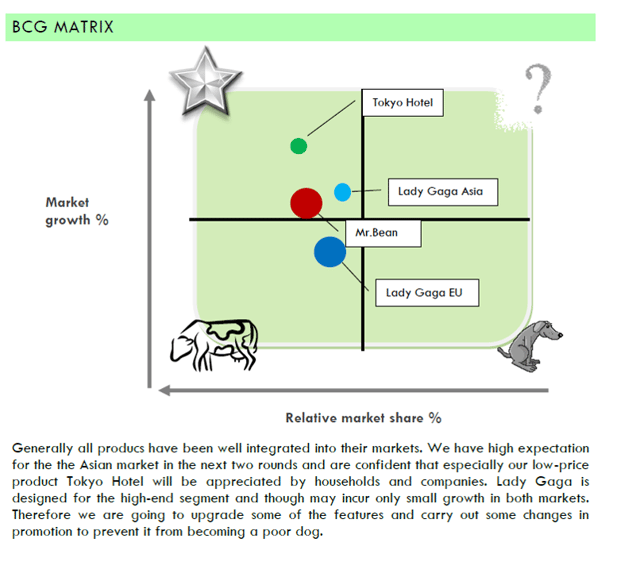
Students then meet with the instructor to discuss and present the report, so they will get an idea of their product positioning, improve their development strategies, and learn from their mistakes. Students take the knowledge of theory and put it into practice in the simulation game.
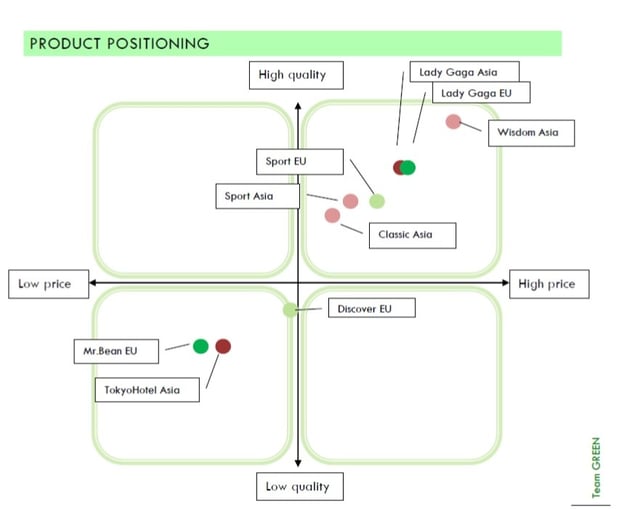
ii. Product life cycle stage and Break-Even Analysis
Cesim SimBrand provides a good way to explain the basics of marketing, the four Ps, and developing the product through the life cycle and adoption process. Using the Nokia N-gage as a real life example, it shows a product that never moved into the growth area or had majority adoption. Students sometimes launch products that also do not move into the growth market, so they can use these analyses to review why it was the case and make changes to improve their strategies. Another theory we can include is one that has financial elements: Break-Even Analysis. This helps students to understand whether the products they launch will go to the market place and actually make money for the company.
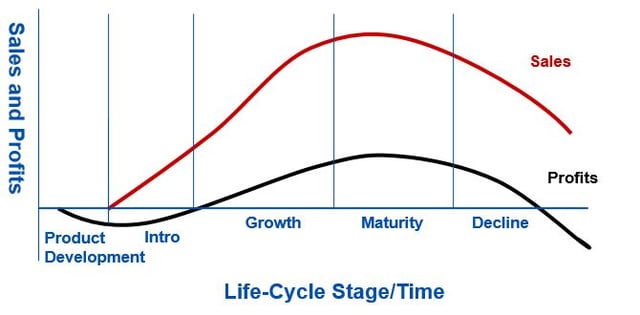
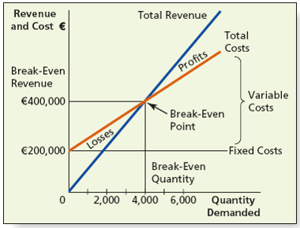
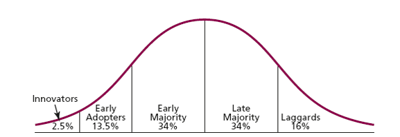
Interested to find out more about the business strategy and marketing management concepts that your students can practice with, as well as the best teaching practices of business simulations?
Read more:
12 Business Concepts To Practice With Cesim Global Challenge
15 Marketing Concepts To Practice With Cesim SimBrand
13 Best Practices of Teaching with Business Simulation Games
